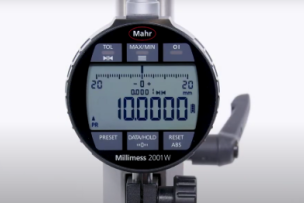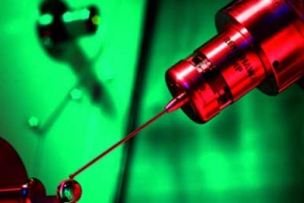In researching the overall topic of this article, it led Mitutoyo to the historical significance of the term Zero Defects, so they felt it necessary to honor the individual who coined the terminology. Mr. Philip Bayard "Phil" Crosby of the Martin Company initiated a zero-defect program in 1964 as a direct response to the quality crisis in early 1970s American manufacturing. His overall response to the crisis was the DRIFT principle, “doing it right the first time” and the performance standard of “zero defects” was one of the four principles.
In this article, Mitutoyo will first define how metrology can address one of the defect categories, Manufacturing Defects. Most quality professionals classify the defects in three categories: minor, major, and critical. The concept of zero defects may suggest to treat all defects as critical. The overall goal of zero defects, of course, is to eliminate all defects.
Using data collection technologies are a proven method to gain insights on dimensional measurement data that leads to actionable decision making that first reduces and eventually eliminates defects. Most modern metrology tools are digital, so data collection is available by any number of methods including traditional cable connection or wireless relay.
Simple and easy-to-use data collection is the preferred method for most operators. With immediate operator feedback and visualization of pass/fail tolerance conditions, for example, throughput is increased dramatically without compromising measurement accuracy.
SPC – The Empowerment of Data-Driven Statistics
For many customers, the achievement of zero defect starts with a simple process but usually requires more complex tools to capture, categorize and characterize product data. The use of Statistical Process Control software platforms has helped quality professionals collect and analyze data as part of the overall TQM platform. Many organizations have adopted these SPC software products to enhance productivity. Mitutoyo offers MeasurLink® with enhanced tools such as the ability to define variable and attribute data, traceability, and multiple evaluation methodologies, to provide a more comprehensive data collection platform.
Watch: What MeasurLink® Can Do For You
Finding the Cause
In many instances, the use of Root Cause Analysis can be applied to the process to identify where, why and how the defect is being generated. There are multiple techniques which are typically part of a Total Quality Management System or TQM. To gain a better understanding of the methods and best practices, Mitutoyo recommends a quick tour of the American Society for Quality (ASQ) website.
Correcting the Defects
Once a defect has been defined, the next step is to make changes to the production system. Management typically has the authority to make these changes. Usually a lot of consideration and examination of the root causes are used to affect these changes. In some cases it may be a simple change of a process or material, but in other cases high costs, loss of production time and other factors can slow the process considerably. Fortunately, the elimination of a defect is in everyone’s best interest.








Talk to Us!
Leave a reply
Your email address will not be published. Required fields are marked *